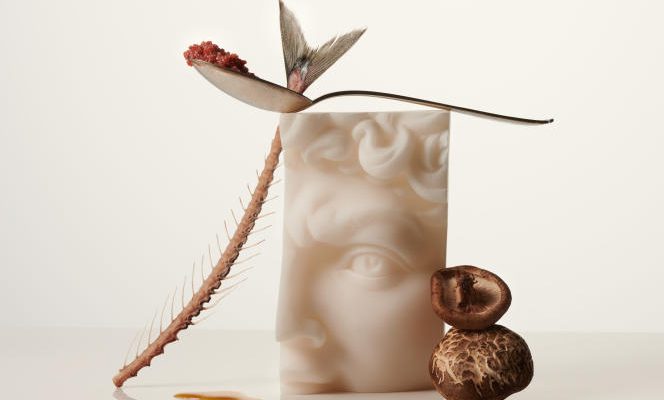QWhat to say, what to feel when you taste a beverage that has been exhumed from the limbo of the past? I am not talking about the experience that wine drinkers have when they uncork a bottle of grand cru whose vintage belongs to the first or second half of the last century. But rather than the equally delicious and fleeting one that eaters make when they taste garum, this condiment sauce made from fermented fish juice and salt that was once an integral part of the Roman diet, there is more than two thousand years. A sauce with an amber color and a lingering smell which, when incorporated into preparations or used as a seasoning, has the – almost magical – power to enhance flavors and give food a certain depth of taste.
In recent years, thanks to a space-time gap reopened by a few enlightened chefs and artisans, garum has returned to the forefront of the gastronomic scene. It is found in the form of ready-to-use bottles or directly on the plates, in restaurants.
It is assumed that the invention of garum stems from that of siqqu, a condiment in Mesopotamian cuisine based on lacto-fermented fish, which appeared around 1700 BC. J.-C. Garum, nuoc-mâm, ketchup », an exciting article published in 2020 on the scientific blogging platform Hypothèses, Philippe Cibois reports on the various mentions of garum among Latin authors: Pliny the Elder details its composition in his Natural History (” (…) made of fish intestines and other good to throw things, macerated in salt”); in his Epigrams, Martial evokes the luxurious nature of its use (“ In my love of luxury, I crave the famous garum »); while Apicius, a famous Roman cook, cites it repeatedly in his recipes for Art of cooking, under the name liquid.
The professor emeritus of sociology at the University of Versailles – Saint-Quentin-en-Yvelines then returns to the family ties that are sometimes established – rightly or wrongly – between the Roman condiment and the nuoc-mâm (the famous Vietnamese fermented fish sauce), ketchup (a theory claims that it was originally made from fish brine), pissalat (a Provençal condiment obtained by macerating small fish in salt with herbs) or still there colatura di alici – a traditional sauce originating from the town of Cetara, Italy, made by maturing anchovies in a solution saturated with water and sea salt.
You have 62.26% of this article left to read. The following is for subscribers only.
